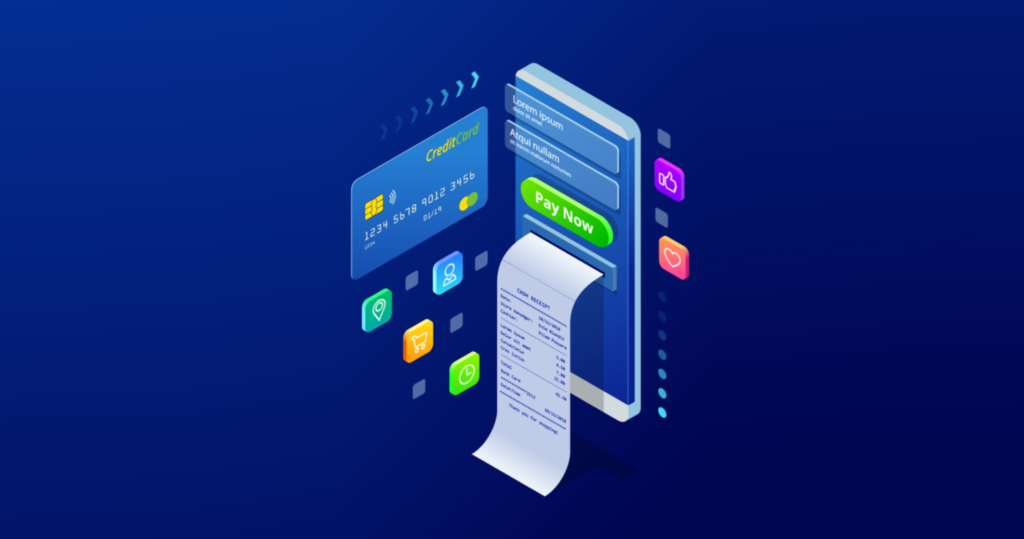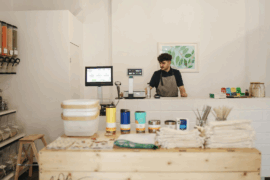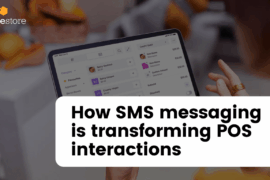The ability to support different kinds of payment methods might be the most simple and basic requirement that you expect an appropriate POS should have. However, many store owners ignore checking which these payment methods really are and if that POS system is suitable for your business and works well in your home country. In this article, we would like to discuss different aspects of payment you should pay attention when deploying a POS system.
1. Payment methods
a. Cash
This is quite simple. Staff receives money from customers and pays back the exchange (if yes). However, you have to consider if POS is connected with cash drawer to open cash drawer whenever an order is created on POS or not. Otherwise, staff can easily open cash drawer anytime and it’s hard for you to control the cash amount.
Plus, POS should allow you to open session, set up denomination of one currency then you can count exactly the quantity of each denomination when opening and closing session.

b. Card (VISA, MASTER, ARAMEX, etc)
It is basically any card you can think about. This should be supported by a terminal that can proceed payment via card. There’re a few ways to proceed a payment:
- Use a stand-alone terminal (can be a virtual terminal – which you can easily open on browser or a hardware terminal which you can swipe/tap card): Without POS, this terminal still can proceed payment via card. Usually, for this method, you manually insert the amount you need to proceed, then swipe/insert/tap the card to get payment proceeded. There will be a reference number displayed, showing that the process is successful. You can manually fill this reference number to POS for an accountant to work on them or check later with payment provider.
By this way, you can use any terminal that is supported in your country and use with any POS.

- Use an integrated terminal: If your POS is integrated with terminals, you don’t need to manually insert both the order amount to the terminal and the reference number back to the POS. In case your POS doesn’t support the terminal, remember to ask the terminal/payment processor to provide API/SDK to get it integrated with POS. Magestore has deployed a lot of projects in which the client needs to integrate with a special terminal in their own country or integrate with a terminal that is supported by the same payment provider with their e-commerce. Let’s discover our successful cases.
For instance, a retailer using Braintree for a website won’t want to use the Stripe payment terminal for their retail store because the more transactions they have with one provider, the better price they can get. Plus, it’s impossible to change to a terminal that is supported by Stripe because their industry is specially treated by Braintree with very beneficial programs. Then if you need to set up a terminal supported by Braintree in your brick-and-mortar store, you have to talk with them to see if they support any in-store terminal and even API/SDK to connect with POS.
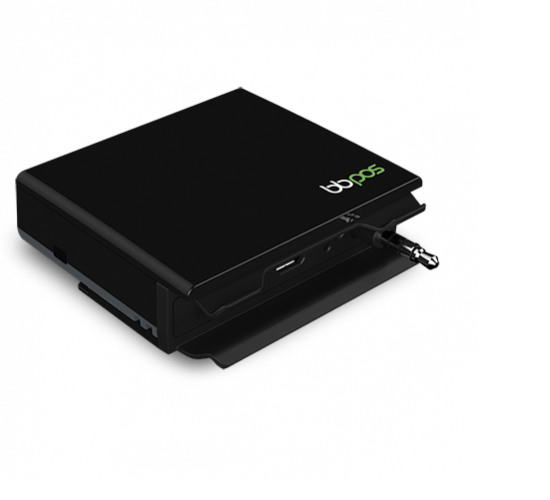
- Use card reader and integrate with payment gateway: By this way, whenever a customer wants to pay via card, a payment form as it is on website will be displayed. However, instead of manually filling the card information as the customer does on website, staff can swipe card by a device. Or they can scan the information by camera to fill into the form automatically (although this way is not secure and you still have to enter the card CVV, e.g: Charge Stripe). Then the payment is processed via payment gateway and returns a reference number to POS automatically. In this situation, we have to check if it’s possible for POS to connect with a card reader/camera to read the card information.
c. E-wallet
We can enlist a few names such as Apple Pay, Google Pay, Wechat pay, etc. There’re a few ways to process these payment methods:
- Use terminal: You can use terminal that supports these payment methods. Verifone P400 Stripe is an option which supports Apple Pay and Google Pay.
- Scan fixed QR code: This is a fixed QR code and you can understand it as a bank account of retailers. Whenever customer makes payment, they scan QR code and manually fill in the amount they want to pay to transfer money. Staff then checks their Wechat pay account to make sure that they received money and manually fill the reference number of that transaction to POS. This can be called as stand-alone e-wallet.
- Scan dynamic QR code: This QR code is created after each transaction and customer only needs to scan them and then the money is automatically transferred to retailer’s e-wallet, and the reference number is automatically filled in POS. It is called an integrated e-wallet.

d. Bank transfer/Check
Basically, you manually transfer to bank account and choose to pay by check so retailers need to check it later with their bank.
e. Company Charge account
Each company has a limitation of credit so different staff in that company (B2C) or that company itself (B2B) can choose to pay later within a limited amount. System should record the payment number each person in the company makes and calculate the total at the end of the month. Moreover, the system may warn or not allow staff to use this payment method if the total amount is over the limit.
f. Store Credit
Customer can buy Credit to use in one store in the future. For example, you can use $50 to buy $100 credit which equals to $100 that you can spend in this store in the future.
2. Payment terms
a. Multi-payment methods
One good POS system should be able to allow customers to pay by different kinds of payment methods and record these payment methods clearly, and summarize them at the end of the day or at the end of session.
b. Layaway or deposit
Customers can choose to pay upfront partially and pay for everything later when they get products or even after a period of time.
c. Pay later (Net term x days)
This is popular for B2B when customers can buy now and pay after 30 days, 60 days depending on the terms they negotiated before. Plus, we also can add a limitation and warning in case the number of debt dates are over the allowed numbers of dates in terms.
d. One or many currencies
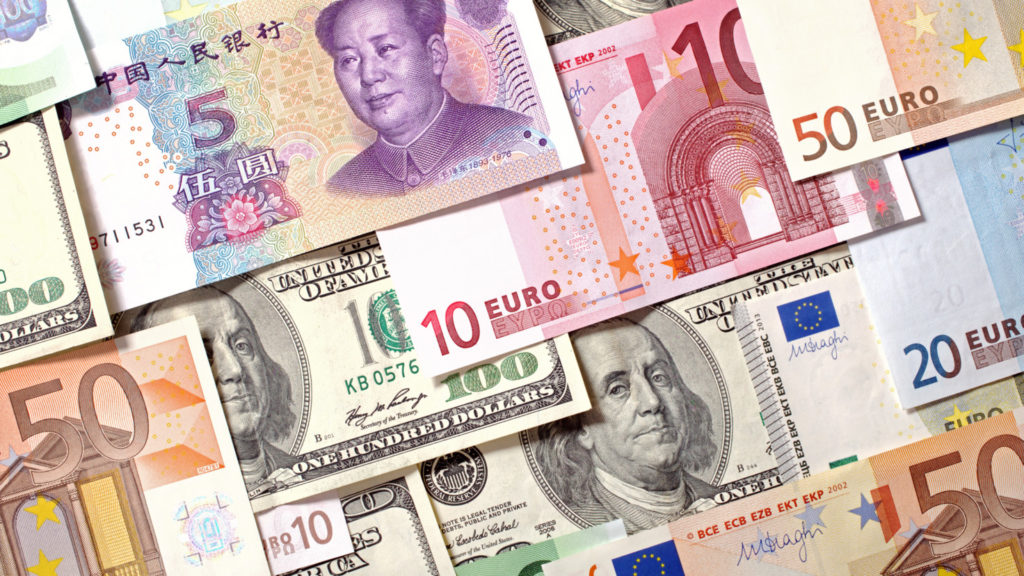
Many retailers who sell to tourists, expats or are located in the border of different countries expect that their POS can support different currencies. Therefore, one good POS in this case should support various currencies and you can easily convert the order amount from one currency to another.
In summary, a thoughtful consideration about choosing a proper payment method for your POS system or vice versa will help you save time and cost in the long run. In case, you are wondering which POS system to use or how to connect POS with your existing terminals, let our dedicated consultants walk you through. Let’s talk with our business consultants.

